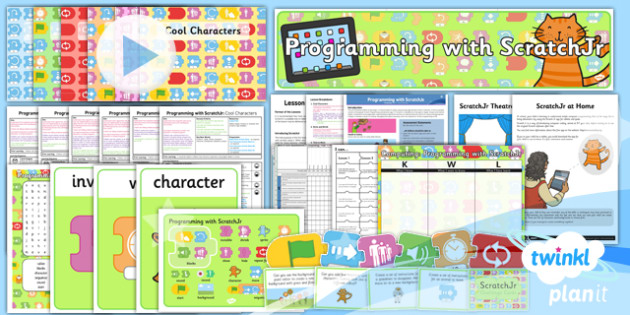Recommended Tips To Deciding On Italian Primary Teaching Aids
Wiki Article
What Are The Informational And Educational Content That Primary And Secondary Schools Need?
In order to support the students' learning and development elementary schools and kindergartens must provide a range of educational and other materials. Materials that are needed include Curriculum materials. These materials support the school's learning goals. They could include lesson plans, textbooks and workbooks.
Classroom Supplies - For young children, classroom supplies like pencils, papers, scissors, glue and other art supplies are essential.
Education technology: In the digital age, educational technologies such as computers, tablets and interactive boards may be utilized to boost learning and provide extra sources for students.
Books- Kindergarten and primary schools require a range of books that are appropriate for children's age to promote reading and develop language.
Children are able to develop skills in problem-solving and spatial awareness by using manipulatives like blocks as well as games and puzzles.
Visual aids. Charts and posters as well as charts and maps can assist children remember and master important concepts.
Music and art material- Children can express their creativity through music and art. Paints as well as instruments and clay are great for this.
Safety equipment - Safety items like emergency kits for first aid, fire extinguishers, and emergency procedures posters are crucial to ensure the safety and well-being of students and staff.
Primary schools and kindergartens must include a variety of educational and informational tools to help create an atmosphere that's both stimulating and safe for students. Check out the top scuola primaria for blog info.

What Maths-Related Teaching Aids And Educational Resources Are Suggested For Italian Nurseries?
Mathematical teaching materials and educational tools can help Italian nursery children to develop their spatial and numerical skills as well as problem-solving. These are a few of the recommended resources.
Charts and number cards Charts and numbers are a great way to introduce children to counting and numbers. These can be large, vibrant cards or even larger numbers for the wall.
Shape manipulatives. Children can learn about different shapes by using shape manipulatives. They include wooden puzzles, pattern blocks and magnetic tiles.
Measuring tools: Tools like rulers, tapes for measuring, and scales are a great way for children to understand the concept of measurement and comparisons and help develop their mathematical vocabulary.
Simple games are played to enhance the problem-solving skills of kids. They can also help increase their concentration and attention.
Technology-based aids: Technology-based aids such as tablets with educational math apps and games are able to entertain children and provide additional tools to help them learn.
Use these materials in an age-appropriate way, and make sure they are suitable and safe for children. Teachers and caregivers can use these materials to develop stimulating, interactive math activities that stimulate children's curiosity as well as their enthusiasm for learning. Check out the best sostegno matematica for site tips.

What Kind Of Science-Related Didactics Cards Are Appropriate For Italian Nurseries?
Science didactic cards can be helpful in introducing youngsters in Italian nurseries to basic scientific concepts. Listed below are some examples of scientific-based educational cards. They can be illustrated with animals and their surroundings to make the learning experience more engaging.
Plant Cards: These cards are a great way for children to learn about different characteristics and plants. They can also include pictures of the plants as well as their growth stages to help make learning more interesting.
Weather cards are a fantastic way to teach children about the various types of weather, as well as how it affects the world. They can feature illustrations of weather conditions such as snow, sun, rain and clouds.
Space cards: The Space card can be used to help children learn more about the solar System and the planets that it contains. The cards could include pictures of the planets, their unique properties, as well as other details.
Human Body Cards: These cards aid children understand the different parts of their bodies and how they work. They could include illustrations of various body parts and their functions.
It is essential to choose science didactics cards that are suitable for your child's age fun and engaging. Teachers and caregivers can to use these cards to engage children in exciting and engaging activities that stimulate children's interest in acquiring knowledge about the world. Read the top sostegno scienze for more info.

What Geography-Related Teaching Materials Are Needed In Italian Nurseries?
Geography-related teaching materials used at Italian nurseries can assist children to gain a better understanding of the world around them and learn about various cultures and the environment. Here are a few examples of geography teaching materials that are recommended Maps: Maps help children learn about the geography of various regions and countries, as well as the exact location of landmarks and natural landmarks.
Globes Help children visualize the earth's surface and learn about the various continents and oceans.
Video and pictures Images and videos of different places around the globe will help children comprehend the different cultures and develop a sense of appreciation for them.
Books: Books that are age-appropriate with a focus on different cultures and countries all over the world could help children develop a curiosity for geography.
Natural substances. Rocks, shells and plants can help children learn about the different ecosystems and environments.
Field trips: Field trips to local parks museums, zoos, or Zoos are a great way for children to get the chance to experience hands-on activities and also an opportunity to learn geography in a more realistic setting.
It is vital to choose geo-related materials that are both appropriate for children's age and culture. Teachers and parents can utilize these resources to develop stimulating, interactive activities that stimulate children's curiosity and curiosity.
